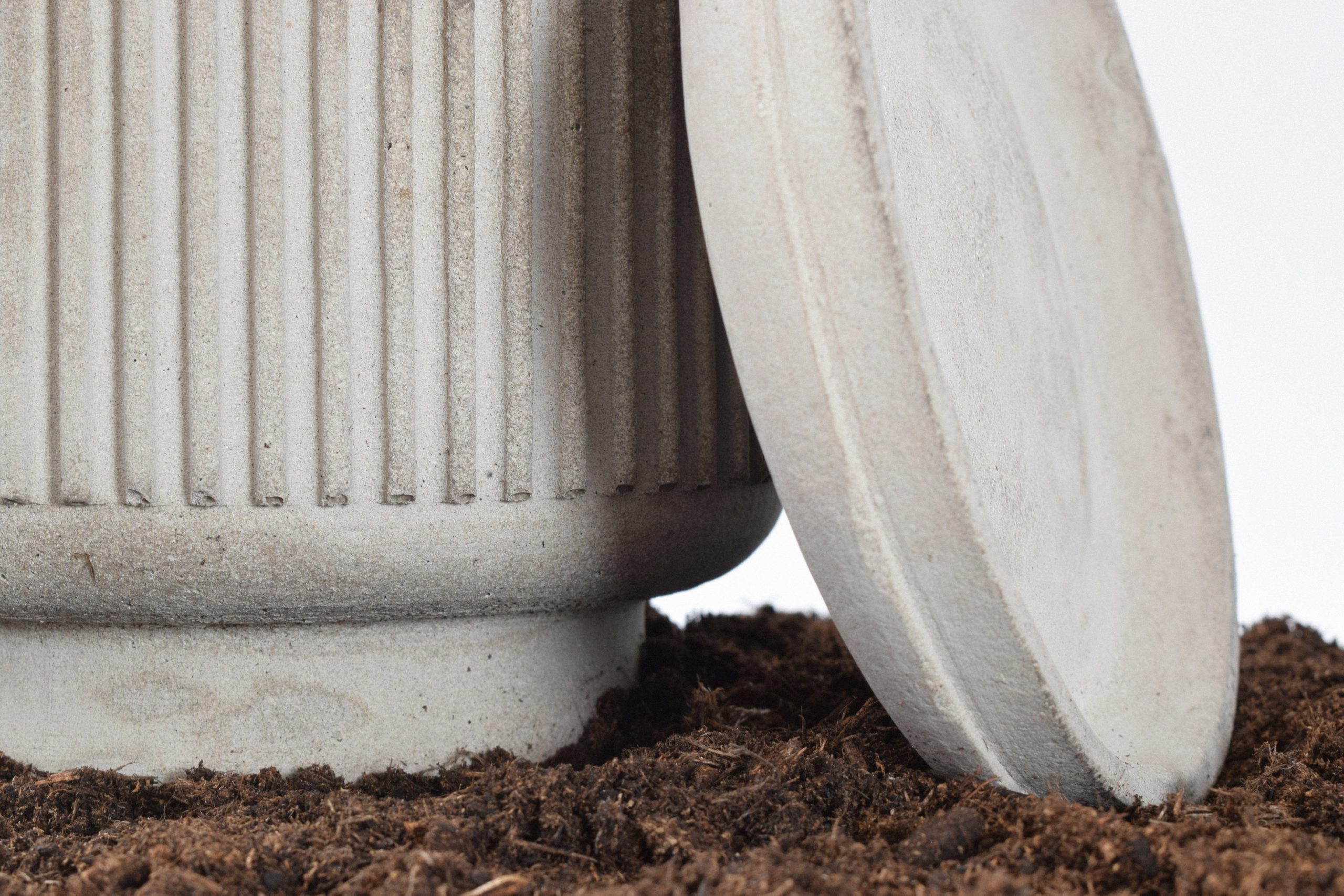Laury Guillien

Cinerimorphosis: design po(i)etics and matter narratives
Laury Guillien , SACRe funded PhD project prepared at EnsadLab - PSL. Supervision: Jean-François Bassereau, Émile de Visscher.
Cinerimorphosis is a research based on the practice of design that explores the physico-chemical, technical and symbolic dimensions of ashes through the design of artefacts evolving in a regenerative economy.
The ecological crisis is prompting us to rethink the way we produce and consume, particularly in terms of resources and energies. However, the advent of petrochemicals in the twentieth century changed our relationship with materials, gradually moving away from the “meeting material” chosen for its proximity and ease of access to the “taylor-made material” modelled and formulated to meet technical and industrial requirements. However, we need to look at the way on the mode of existence of these materials whose production combining the material supplied by the Earth, with the form imagined by Man as a conceptual representation generating an artefact. In this hylemorphic conception , where the idea becomes material, the matter would remain passive. By considering the growth of the material, human intervention adds its own forces to those already at play, which are inherent to the material (degradation, deformation, flow) on the one hand, and from environmental conditions (temperature, atmosphere, humidity) on the other. In this model, the life of the form continues, making matter an active entity.
Ultimate residue of what has been burnt, ashes are a proteiform matter that circulates within the physico-chemical, technical and symbolic spheres. While their properties play an essential role in the production of materials, their cultural dimensions consider their significant values. By exploring the possibilities of ashes transformation, it becomes possible to imagine their potential no longer as a residual-matter but rather as a matter-for-creation, transcending the regulatory and cultural dichotomy between product and waste.
To do this, we look at the material complexity of ashes with a transcalar approach. 1) Combustion and fire as a phenomenon, energy and technique. 2) Ashes deposits scattered and differentiated. 3) Matter, on a molecular scale, to identify its physico-chemical structures. 4) Artefacts, produced by technical processes and devices. 5) The global system, considering symbolic and cultural dimensions. If we take the industrial context of biomass combustion as an example, the associated ashes deposit can be a vector for innovations. As well as being a renewable resource, wood energy generates a (sub)product that can be enhanced. However, the physico-chemical variability of ashes makes hinder their rehabilitation due to current regulatory requirements. On another front, we can mention ashes from funeral cremations, which, in addition to regulations, raise ethical and cultural issues. So, how consider this polysemous matter, if it is not by sketching a new practical and conceptual framework for the rehabilitation of ashes, and by relying on the methodology of a research based on the practice of design, positioned at the heart of a multidisciplinary ecosystem with a symbiotic articulation between thinking and doing.
Nota Bene. Cinerimorphosis, from Latin cineris (ashes) and metamorphōsis (shaping), itself from metá (after) and morphē (form).